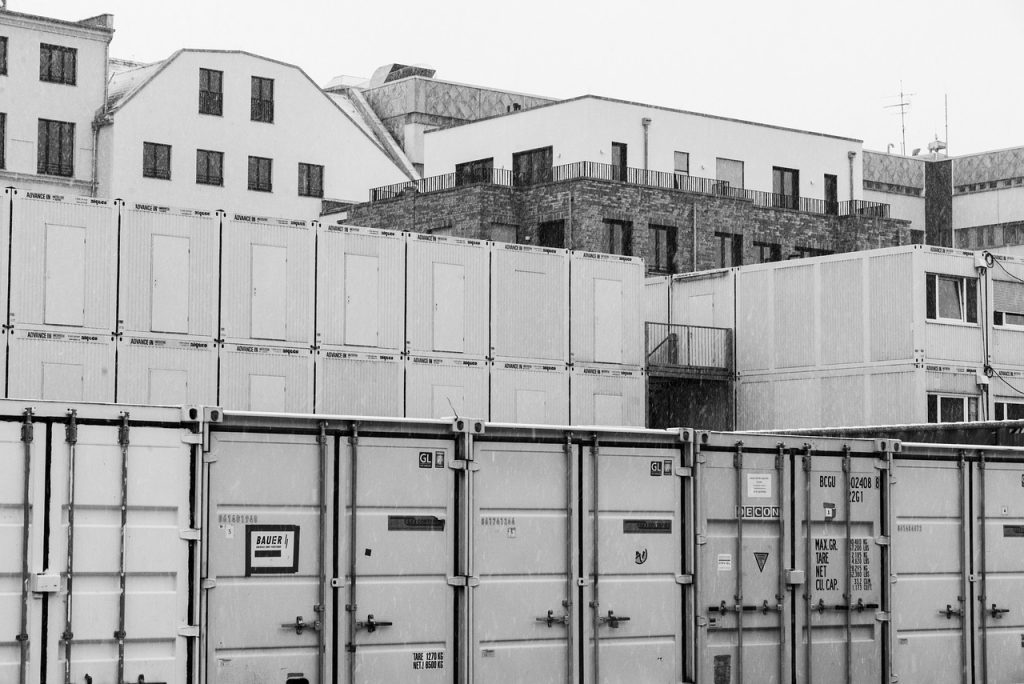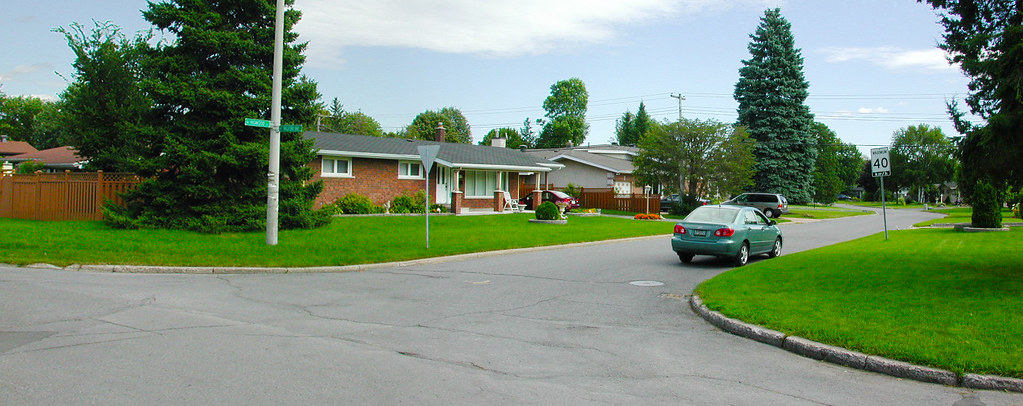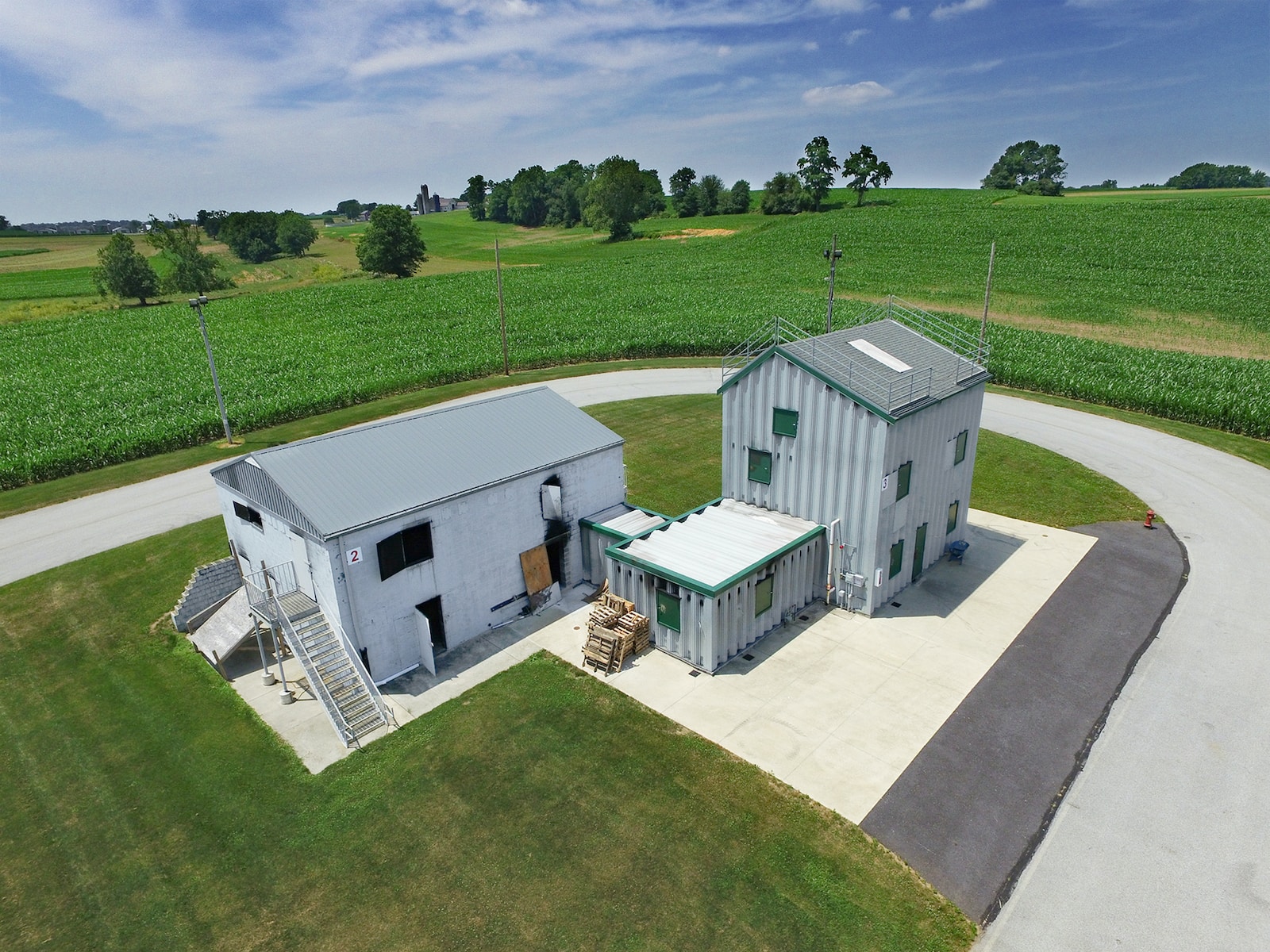Hello, fellow container home enthusiasts! I’m Emily Owens, your trusted guide to all things container homes. Over the past four years, we’ve explored the ins and outs of this innovative housing trend, from designing and decorating to the nitty-gritty of construction. Today, let’s embark on a new journey as we dive into a crucial aspect of container home living: evaluating land for your container home construction project. So, grab your hard hats and compasses (or at least a good sense of direction) as we explore what you need to look for when choosing the perfect plot of land for your container home dreams.
The Land: Your Container Home’s Foundation
Before you start envisioning your container home’s sleek design and charming interior, it’s essential to secure the right piece of land. After all, your land is the canvas on which your dream home will come to life. Here’s a comprehensive guide on what to consider when evaluating land for container home construction:
Location, Location, Location
The age-old mantra in real estate holds true for container homes as well. The location of your land is paramount. Consider proximity to work, schools, amenities, and your preferred lifestyle. Do you want to be nestled in the tranquility of the countryside, or do you prefer an urban vibe? The choice is yours, but make it wisely.
Example: If you work in the city but desire a serene escape, a plot on the outskirts with easy access to public transportation might be your sweet spot.
Zoning Regulations and Building Codes

Container homes may be stylish and eco-friendly, but they aren’t exempt from zoning regulations and building codes. Check with your local authorities to ensure your chosen plot of land is zoned for residential use and that container homes are permitted. Some areas have specific requirements for container construction, such as foundation types or exterior finishes.
Example: In some urban areas, container homes might be allowed in specific districts but have height restrictions or design guidelines to adhere to.
Utilities and Infrastructure
Unless you’re ready to embrace an off-grid lifestyle, access to utilities is crucial. Ensure that your chosen land has connections for water, sewage, electricity, and gas if needed. Installing these services from scratch can be costly and time-consuming.
Example: You found a charming piece of land with a rustic feel, but it’s miles away from the nearest utility connections. The cost of extending these services to your property may outweigh the benefits.
Soil Quality and Drainage
Don’t let your container home sink into the ground like a shipwreck. Investigate the soil quality and drainage on your land. Soil tests can help you determine if your chosen location can support the weight of your containers and whether it’s prone to flooding or poor drainage.
Example: You fell in love with a riverfront property, but it turns out the soil is poorly drained. Heavy rains could leave your container home in a watery pickle.
Environmental Impact
Being eco-conscious is often a driving force behind container home construction. Ensure that your land choice aligns with your eco-friendly values. Research the local environment, including any protected species or habitats, and understand the potential impact of your construction project.
Example: Your dream land borders a nature reserve, and construction might disturb the nesting grounds of an endangered bird species. This could lead to legal and ethical challenges.
Accessibility and Infrastructure Development

Consider the accessibility of your land, not just for you but also for construction vehicles and emergency services. If the area lacks proper roads or has limited access during certain seasons, it could pose challenges during construction and everyday living.
Example: That picturesque mountainside plot may be stunning, but if it’s only accessible via a narrow, winding road that gets snowed in during winter, you might have to hibernate more than you’d like.
Neighbors and Community
The people around you can significantly impact your container home experience. Engage with the local community and neighbors to get a sense of the area’s culture, safety, and any potential neighborhood restrictions that could affect your container home project.
Example: Your potential neighbors have a strong sense of community and prefer traditional housing styles. Your container home might stand out like a metallic sore thumb if not well-received.
Budget Considerations
Lastly, and perhaps most importantly, consider your budget. While the land itself is just one piece of the financial puzzle, it can be a significant expense. Factor in the cost of the land, utilities, permits, and any necessary site preparation when budgeting for your container home project.
Example: You’ve found the perfect land with a breathtaking view but didn’t anticipate the high land price, leaving you with limited funds for the actual container home construction.
Wrapping Up
Selecting the right land for your container home is like choosing the perfect partner—it sets the foundation for a harmonious and lasting relationship. By considering location, zoning regulations, utilities, soil quality, environmental impact, accessibility, community, and budget, you can make an informed decision that ensures your container home dreams become a reality.
Remember, each piece of land has its unique quirks and charms, just like every container home. Embrace the adventure of finding the perfect plot, and soon enough, you’ll be sipping your morning coffee on the deck of your very own container home, nestled in the land you carefully selected.
So, happy hunting, container home aficionados! Your dream plot of land awaits, and with it, a future filled with eco-friendly, innovative, and stylish living.





















Find Us on Socials